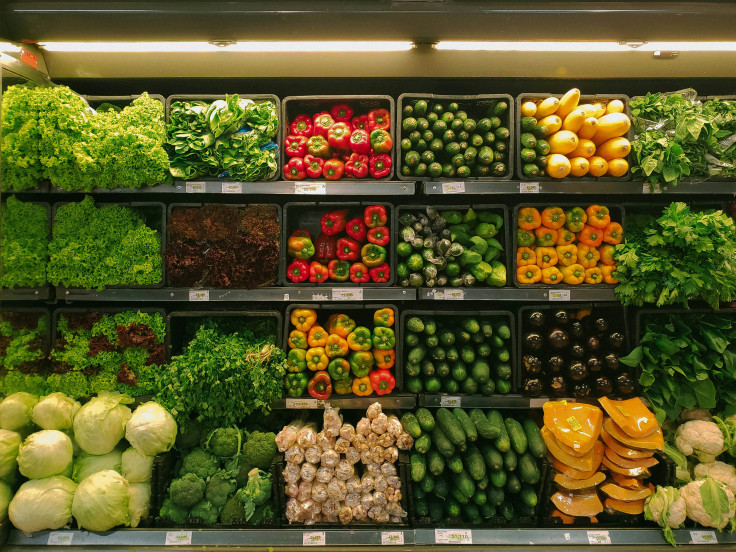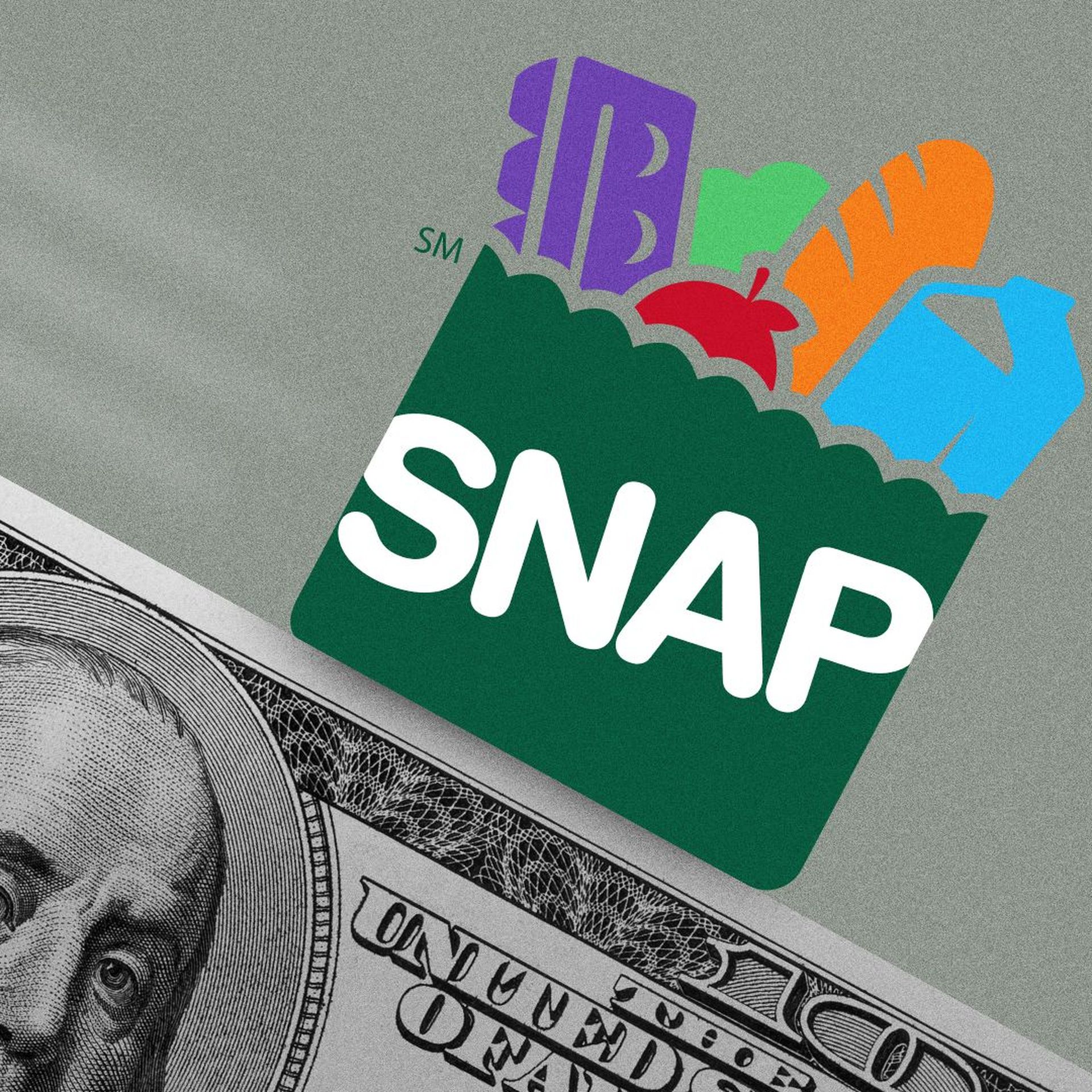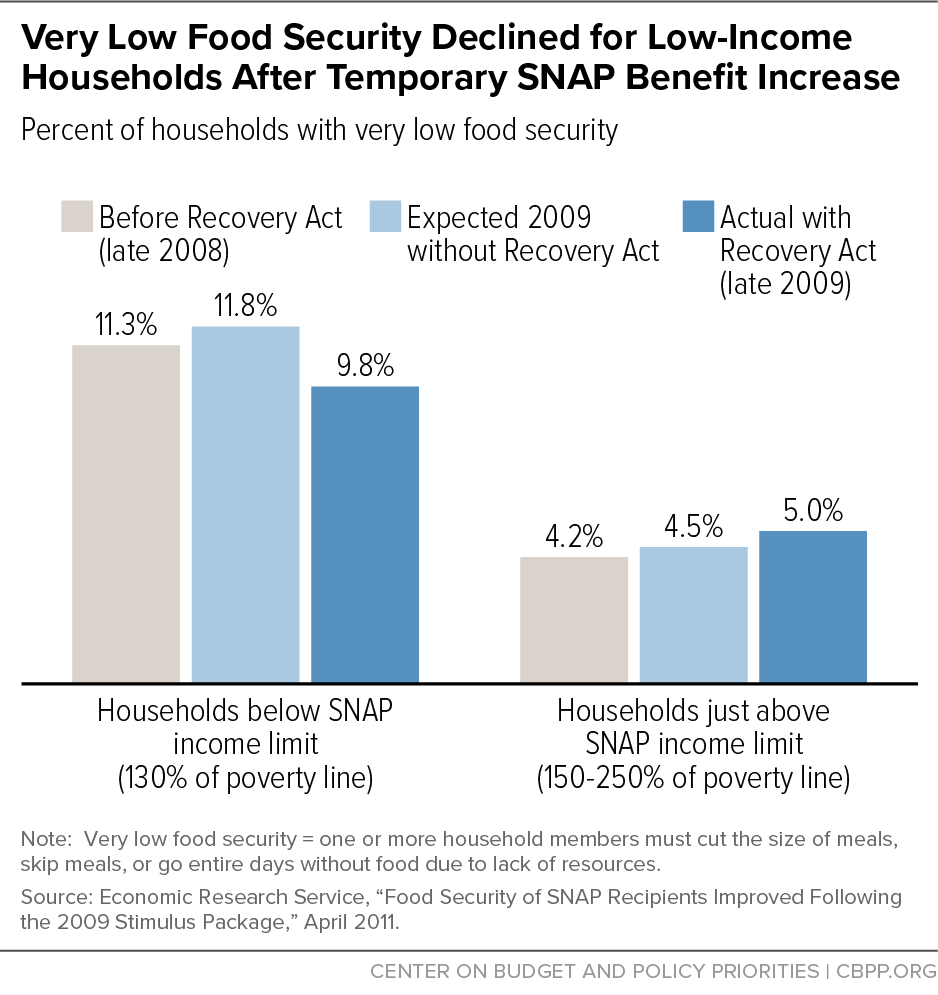This analysis, which was funded by the Robert Wood Johnson Foundation, included data from 2023 and found the U.S. Department of Agriculture’s annual cost-of-living adjustment had little effect on the adequacy of SNAP benefits that year; researchers also discovered that in the last quarter of 2023 a “19% shortfall existed between the $3.37 cost of a moderately priced meal and SNAP’s average maximum benefit.”
- "The greatest shortcoming of SNAP today is that even with some of the changes that have happened over the last few years, that benefits for most households are not enough to get through the entire month," said Jamie Bussel of the Robert Wood Johnson Foundation, which funded the study.
- "It is a critically important program that needs to be made adequate, not cut or restricted."
The Latest Data on the Gap between SNAP Benefits and Meal Costs
Supplemental Nutrition Assistance Program (SNAP) benefits did not cover the cost of a modestly priced meal in 98% of U.S. counties last year.
An analysis of data from 2023 found the U.S. Department of Agriculture’s annual cost-of-living adjustment had little effect on the generosity of SNAP benefits in 2023.
Key Findings
- In the last quarter of 2023, a 53-cent gap remained between the $3.37 cost of a modestly priced meal, and SNAP’s average maximum benefit of $2.84—a shortfall of 19%.
- In the first three quarters of the year, SNAP benefits fell $58.59 short of monthly food costs. By the end of 2023, SNAP benefits fell short of monthly food costs by $49.29.
- The gap between the cost of a meal and the maximum benefit was larger in urban areas than in rural areas.
- The gap between SNAP benefits and meal costs remained about 70% throughout 2023 in the in the five counties with the largest gaps. The five counties are New York County, N.Y.; Leelanau County, Mich.; Teton County, Idaho; and Dukes County and Nantucket County, Mass.
About the Author/Grantee
The nonprofit Urban Institute is dedicated to elevating the debate on social and economic policy. For nearly five decades, Urban scholars have conducted research and offered evidence-based solutions that improve lives and strengthen communities across a rapidly urbanizing world. Their objective research helps expand opportunities for all, reduce hardship among the most vulnerable, and strengthen the effectiveness of the public sector. Visit the Urban Institute’s Health Policy Center for more information specific to its staff and its recent research.
SNAP benefits fall short in 98% of US counties. Republicans still want to gut the program even more
"More and more people cannot keep up with rising food prices and are struggling to feed their families"
By ASHLIE D. STEVENS
Food EditorShe continued: “Our research shows SNAP benefits did not cover the cost of a meal in 98% of counties in 2023. With the Farm Bill up for reauthorization, potential cuts to SNAP could be devastating for families with low incomes, who are already struggling with food insecurity.”
Waxman brings up the incredibly important point — one that’s been consistently raised by food security advocates over the last few months. The Farm Bill, which funds SNAP, expires in September, meaning that it’s a crucial time to assess whether the program is actually meeting the needs of its participants. However, there’s a distinct possibility that Republican legislators will attempt to cut funding to SNAP even further, which could have a devastating impact on hunger in America.
As Salon Food reported, House Agriculture Committee Chairman Glenn “GT” Thompson, a Republican from Pennsylvania, has proposed a funding framework for the Farm Bill that includes a $30 billion cut in Supplemental Nutrition Assistance Program benefits over the next decade. The proposal would limit future updates to the Thrifty Food Plan, which is used by the United States Department of Agriculture to set SNAP benefits.
Last Monday, after more than a year of hearing and listening sessions, Thompson released a title-by-title overview of his Farm Bill draft — which has already gained significant support from Republican lawmakers — and scheduled a markup of the legislation for May 23rd,
Thompson has argued his proposal is not a “real cut” because average benefits would still rise incrementally alongside food inflation, but food insecurity experts continue to push back on that assertion, both because the new Urban Institute data shows current funding is already out of step with with the cost of healthful meals, and because America is already in the midst of a worsening hunger crisis.
New data seems to drop every week that indicates this would be the absolute worst time for cuts. For instance, Feeding America’s annual Map the Meal Gap report was released on May 15 and found that “the extra amount of money that people facing hunger said they need to have enough food reached its highest point in the last 20 years.”
“People facing hunger said they need an additional $24.73 per week in 2022, a 9.5% increase after adjusting for increased prices,” the report found. “Nationally, the amount needed among all 44 million people facing hunger in 2022 hit a record high of $33.1 billion, up nearly 43%. This increase suggests that rising prices, especially food prices, likely contributed in part to the increase in need.”
“In recent years, the data show that more and more people cannot keep up with rising food prices and are struggling to feed their families,” Gina Hijjawi, a senior program officer at the Robert Wood Johnson Foundation, said in an emailed statement. “Any reductions in SNAP funding will make it even harder for people and families to make ends meet, potentially increasing the number of households facing food insecurity. Because children and marginalized groups are most at risk to food insecurity, this would only exacerbate the already stark health disparities that exist along geographical, racial, and economic lines.”
Ashlie D. Stevens is Salon's food editor. She is also an award-winning radio producer, editor and features writer — with a special emphasis on food, culture and subculture. Her writing has appeared in and on The Atlantic, National Geographic’s “The Plate,” Eater, VICE, Slate, Salon, The Bitter Southerner and Chicago Magazine, while her audio work has appeared on NPR’s All Things Considered and Here & Now, as well as APM’s Marketplace. She is based in Chicago.
MORE FROM ASHLIE D. STEVENSWhy it matters: The report's release comes ahead of a Thursday markup of House Republicans' $1.5 trillion farm bill, as advocates say proposed cuts could further undermine the federal food aid program.
The big picture: The benefits, also known as food stamps, are a major sticking point in competing House and Senate versions of the annual farm bill this year, The Hill reported.
- Republican lawmakers say the House version wouldn't cut SNAP benefits, but it would roll back changes made by the Biden administration to increase the benefit over 10 years to keep up with rising food costs.
- Senate Democrats have denounced the House bill.
By the numbers: In the last quarter of 2023, there was a 53-cent gap between the $3.37 that the report estimates is the cost for a modestly priced meal and SNAP's average maximum benefit of $2.84.
- That gap shrank from 63 cents in the first three quarters.
- That amounts to a monthly shortfall ranging between roughly $49 and $59 last year.
- "The greatest shortcoming of SNAP today is that even with some of the changes that have happened over the last few years, that benefits for most households are not enough to get through the entire month," said Jamie Bussel of the Robert Wood Johnson Foundation, which funded the study.
- "It is a critically important program that needs to be made adequate, not cut or restricted."
What to watch: The Biden administration has doubled down on the food program, announcing a summer nutrition programs for kids that will provide a grocery benefit of $120 per eligible school-age child this summer.







No comments:
Post a Comment